The Rainbow for their Guide: Mary Gartside’s New Theory of Colours
The Rainbow for their Guide: Mary Gartside’s New Theory of Colours

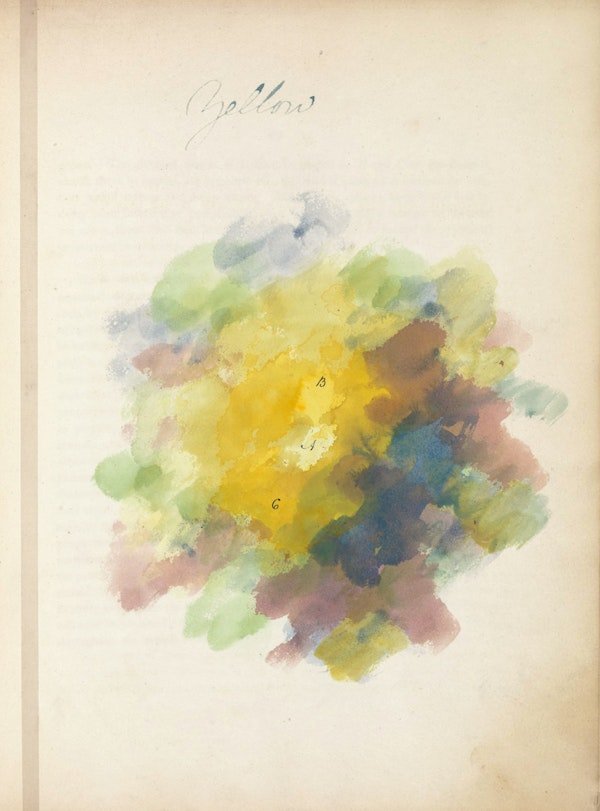

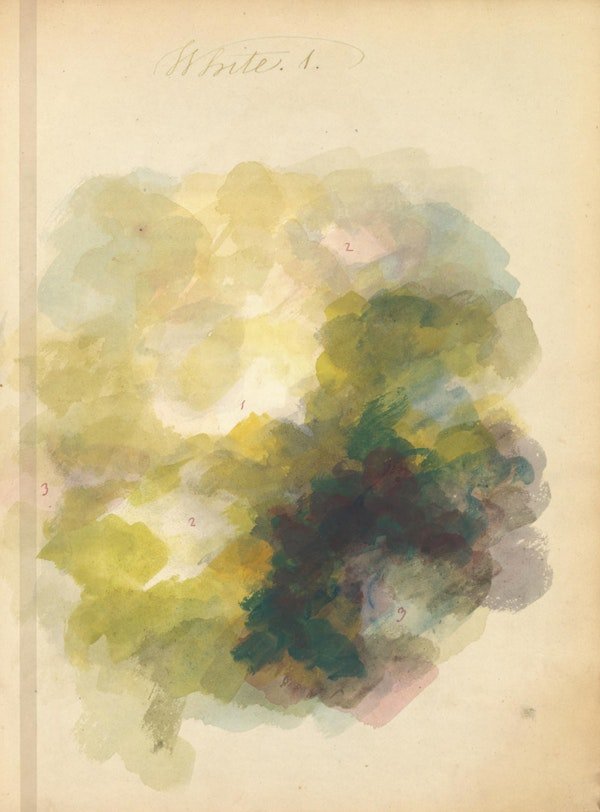
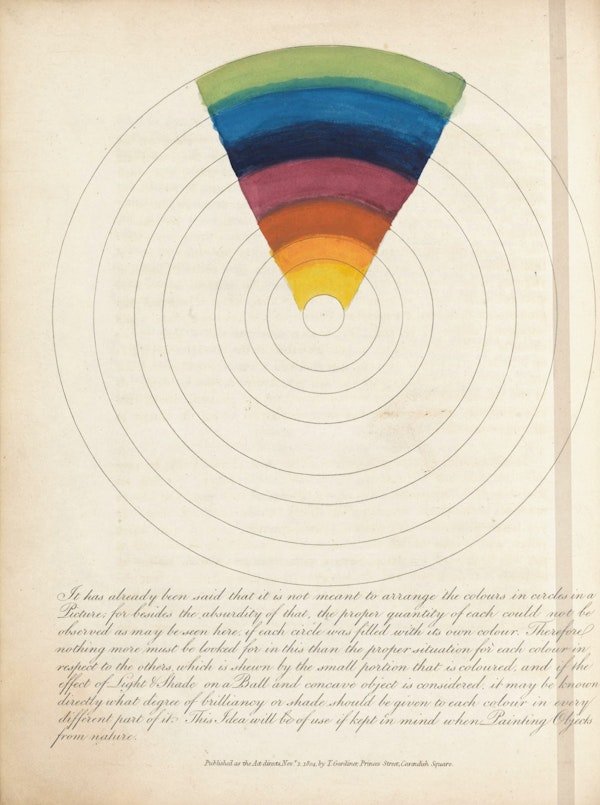
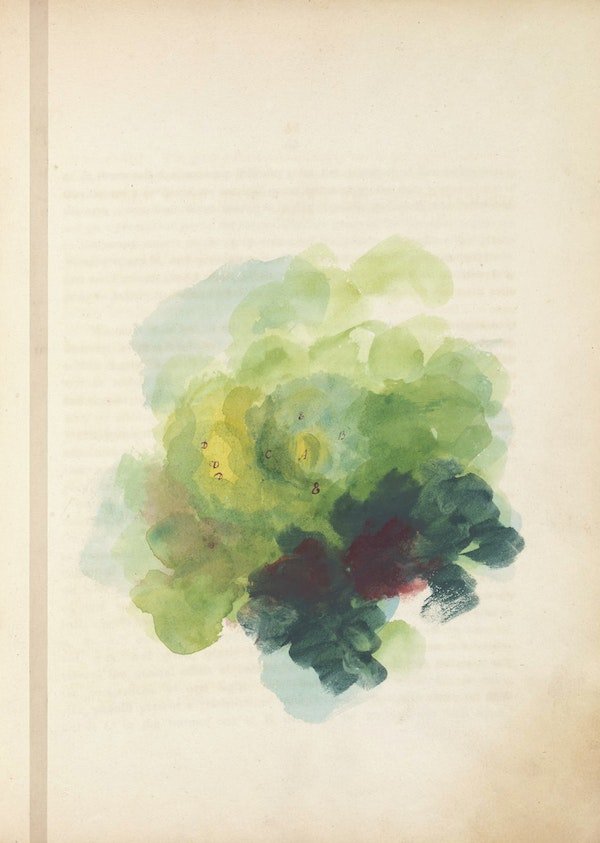
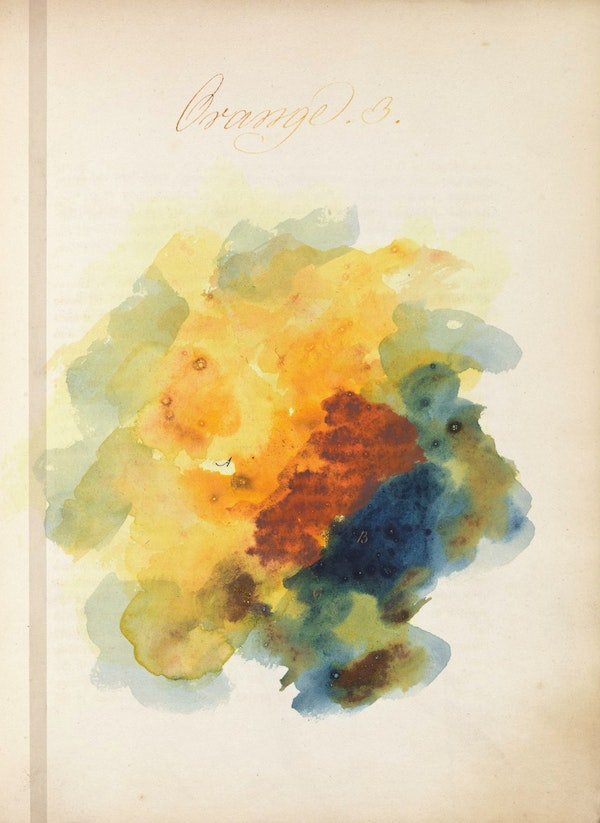
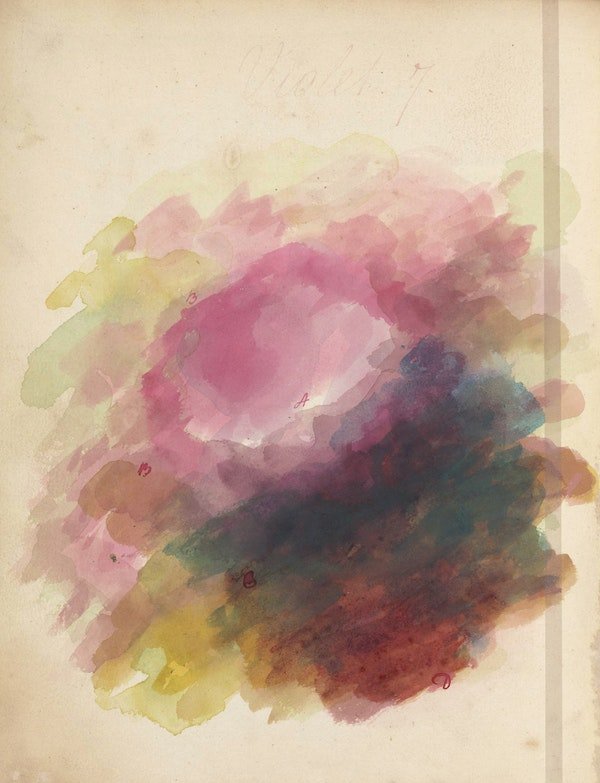
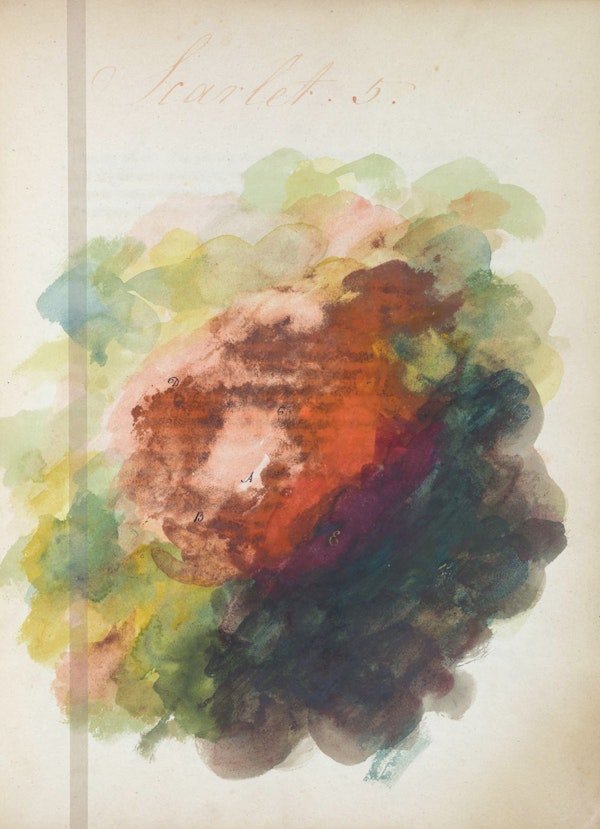
Mary Gartside´s "An Essay on a New Theory of Colours and on Composition in General" (1808)
Gartside’s Essay is largely concerned with those gradations between the primary colours, appealing to both students and “philosophical readers” through its discussion of tint, warmth, transformation, and luminance. Referencing Isaac Newton’s experiments with prismatic refraction (picture Pink Floyd’s album art for The Dark Side of the Moon), Gartside explains the phenomenon to “young ladies who have not seen [the Prismatic Spectrum]”, while offering analysis and critique of eighteenth-century theories proposed by Gerard de Lairesse and William Herschel, namely the latter’s investigation into the order of colours. Not only did Gartside antedate James Sowerby’s A New Elucidation of Colours (1809) and Goethe’s Theory of Colours (1810) — drawing parallel conclusions about “the effect of colour combinations, the significance of light and shade in relation to tints, and the eye of the beholder as the centre and origin of colour perception” — the handcoloured illustrations for the Essay, unique to each volume, have been deemed some of the earlier examples of abstraction in painting.
Rothko Rooms : Color Field Theory Turned Reality
Rothko Rooms : Color Field Theory Turned Reality

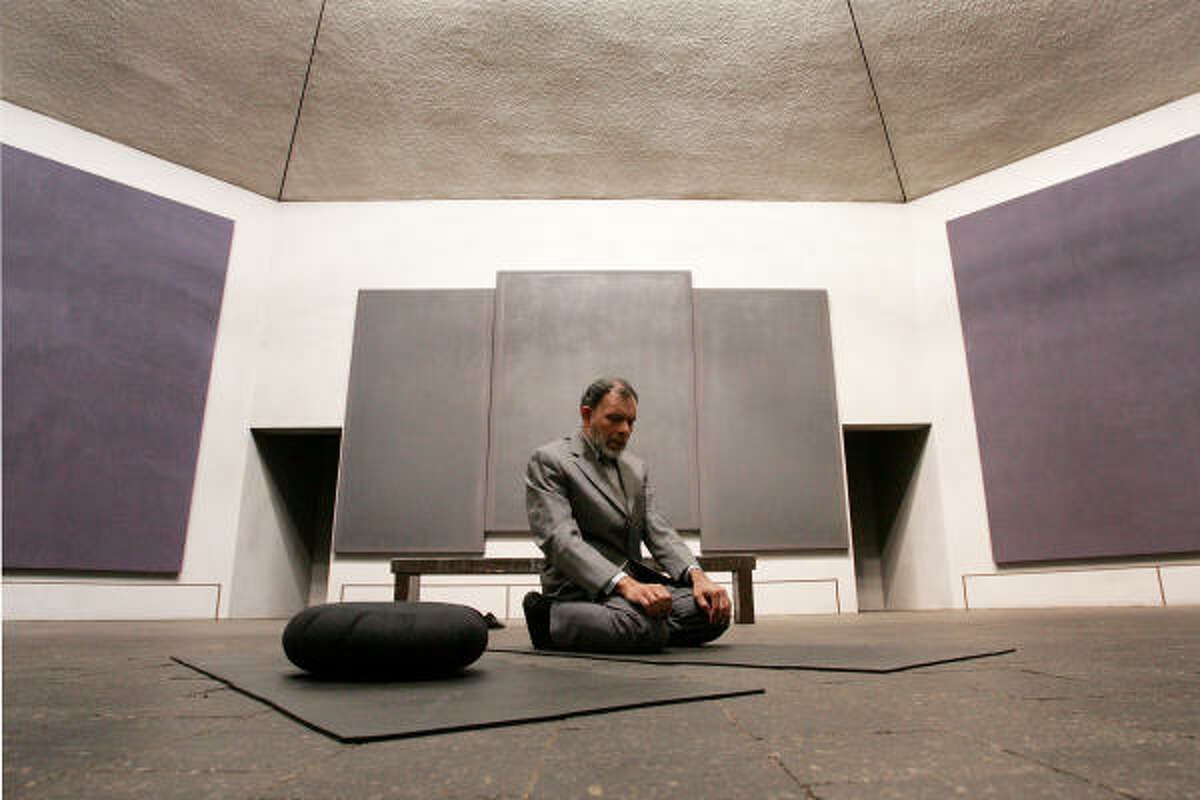
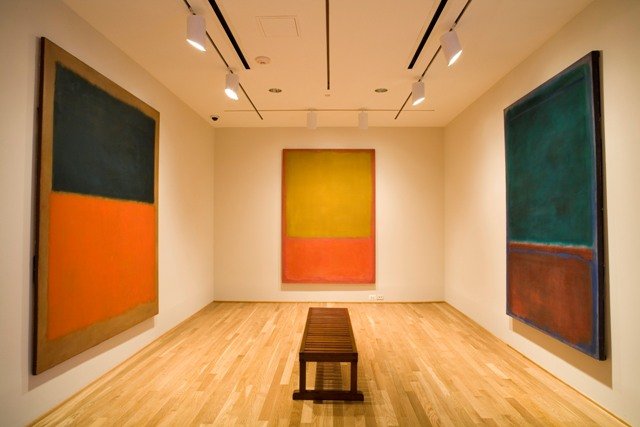
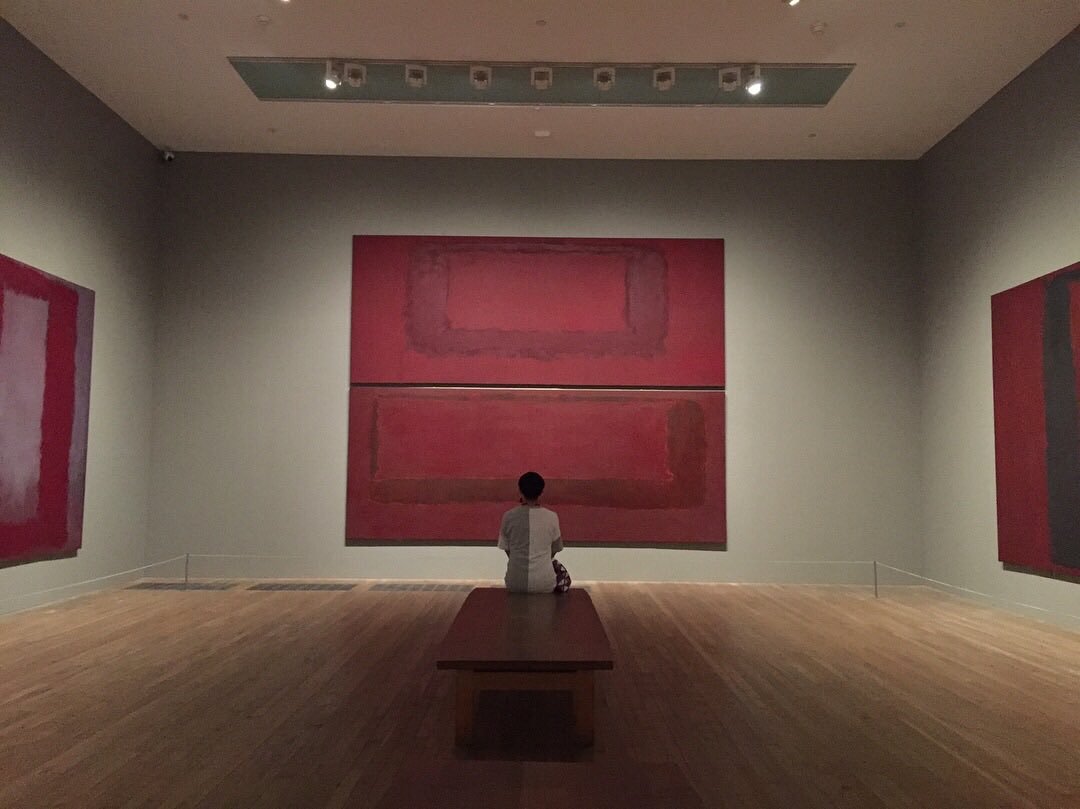
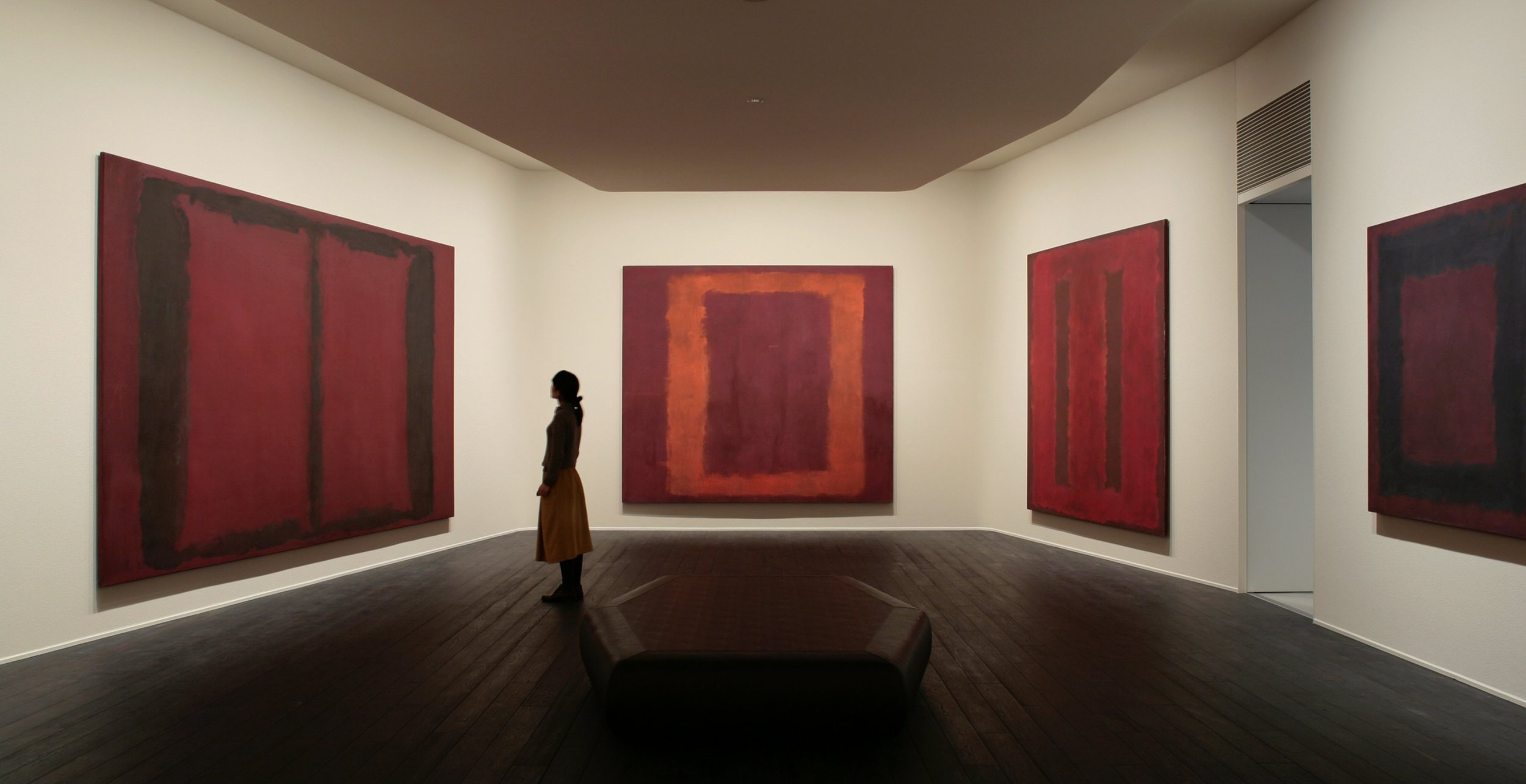
He was a unique artist in the way he dealt with color. He was very deeply involved in philosophy, religion, and he had an unusual ability to make his paintings communicate with the public. It was a well-known fact that people used to burst out in tears in front of his paintings, many times. I think he had a very emotional and very deep effect on the viewer – one very few artists have been able to have…There you are very close to the paintings, there are four paintings, one on each wall of the room, you are surrounded by them. You sit on the bench that Rothko put in the room, and you can feel the presence of the paintings. It’s not just an optical, visual presence, but an emotional presence. This is what he always wanted. He wanted the paint to come out and almost hover in the space in front of you and to touch you. So, he was always thinking of this three dimensional space like a stage. In a way, the Rothko Room is almost like a stage with four sides–you are in it and a part of it, and you are interacting with the other actors; you become part of that emotional play that he created. So, he never gave up that idea; the theater was always there, and it was always the framework that he used to conceptualize and make his art.
A Few "Rothko Rooms": Dedicated to "[The Man Who] Unlocked the Emotional Power of Colour" (1903-1970)

Shades of
Gerhard Richter at David Zwirner
The exhibition presents a group of Richter’s last paintings, made in 2016–2017; a number of these abstract oil paintings will be shown here for the first time. Though Richter completed his last paintings in 2017, his dynamic practice continues his artistic inquiries into the possibilities of abstraction and perception through his ongoing experimentation with drawing, printing and sculpture.
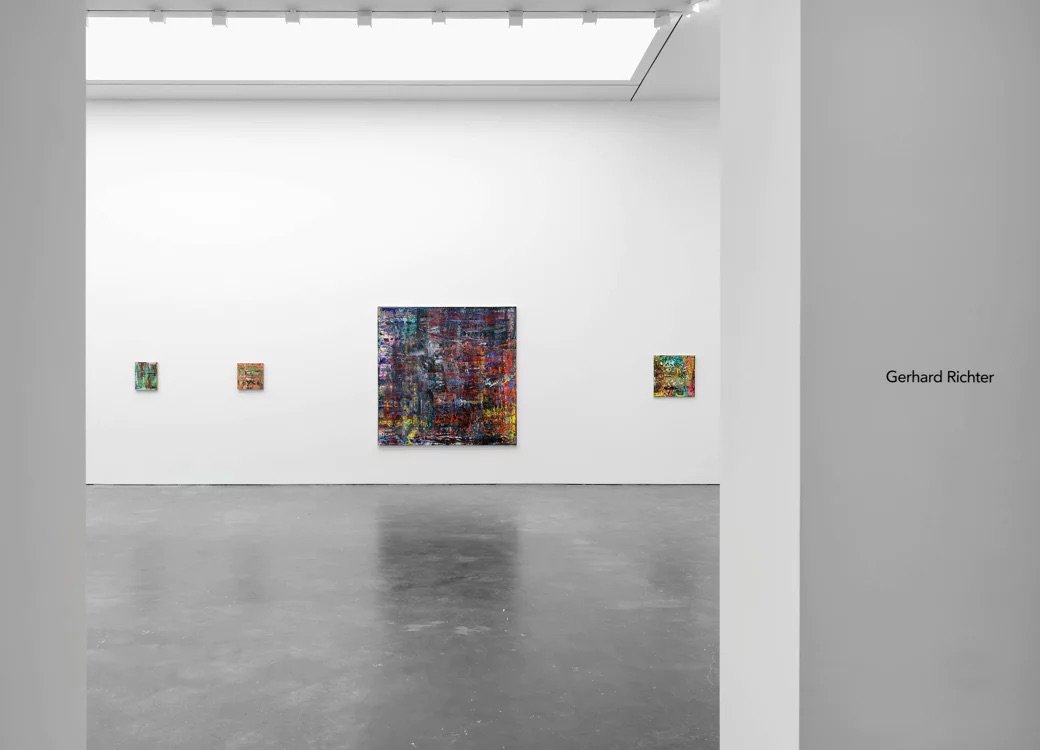

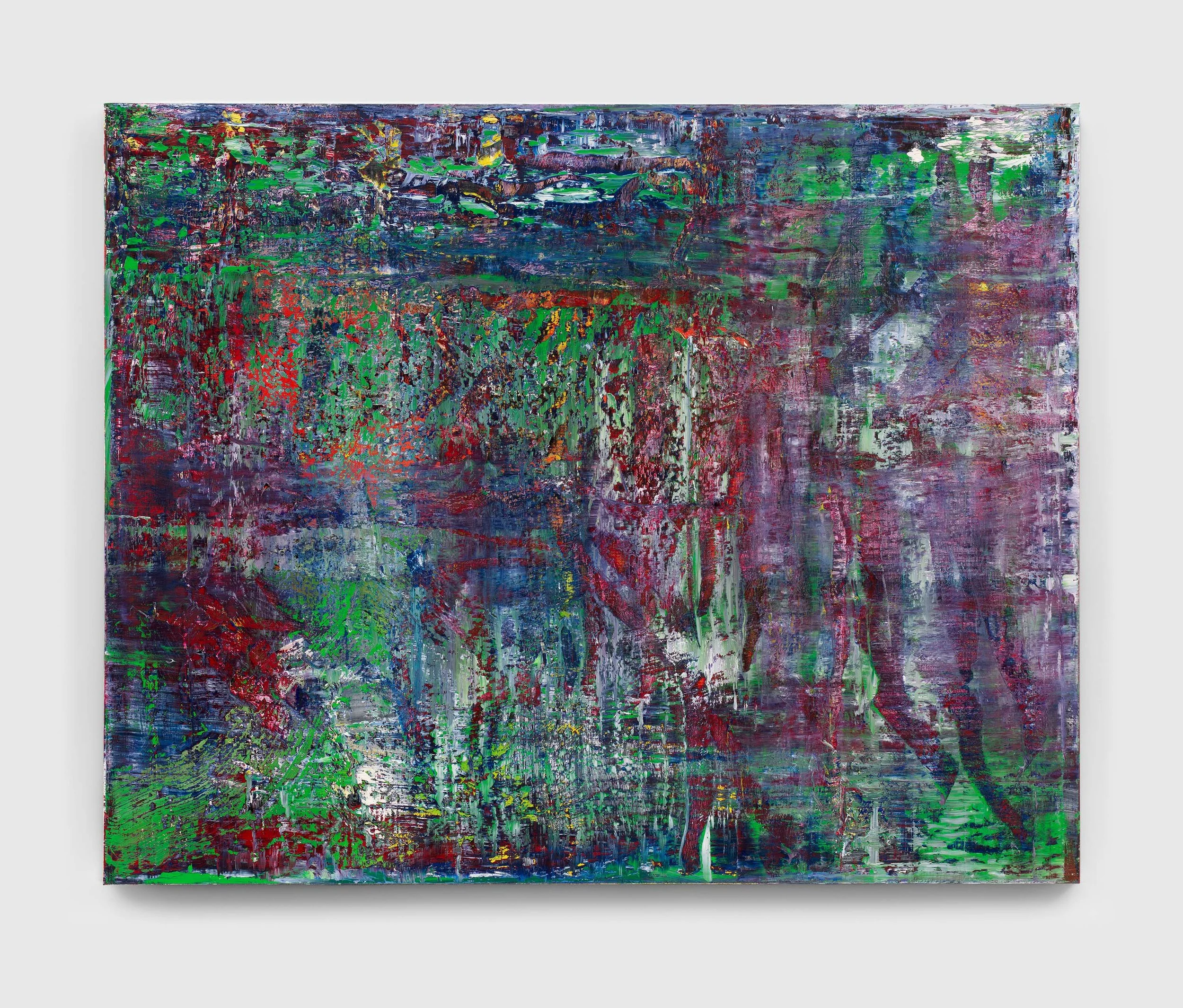

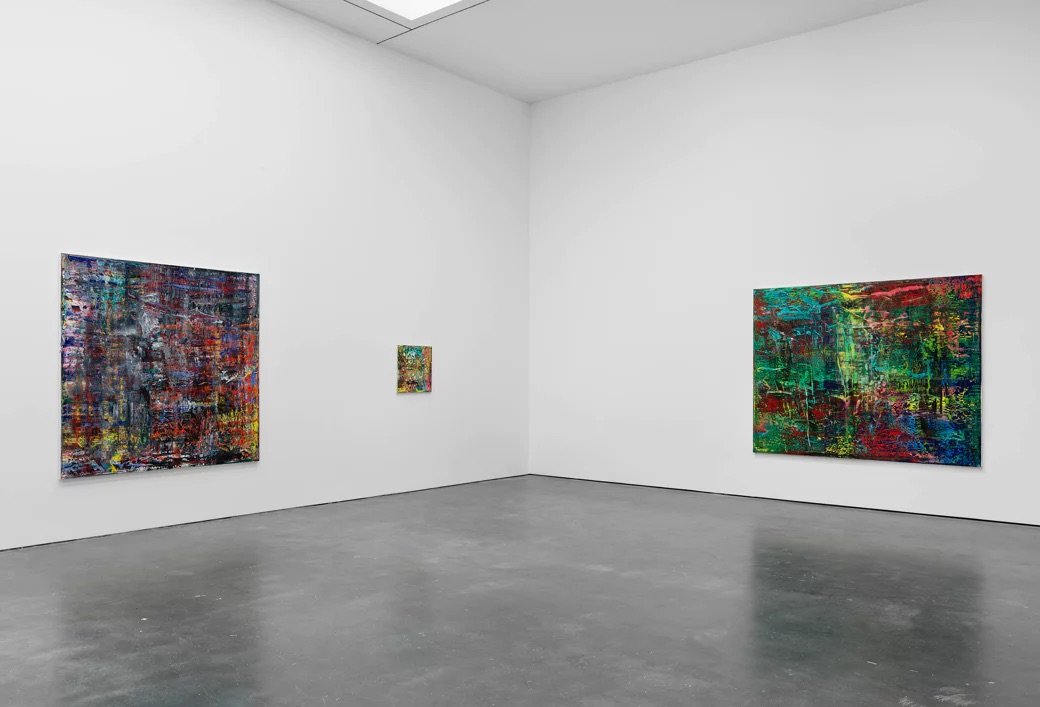


Many of these works feature passages of cloudy graphite rubbings juxtaposed with equally hazy semi-erased portions. The artist embeds a sparse network of crisscrossing arcs and lines among this backdrop, forming an enigmatic topography that seems to map out the very possibilities of image-making itself.
Other drawings on view are composed of abstract monochrome washes of ink and graphite, taking on a decisively painterly appearance. As Richter describes, these works on paper outline a parallel but complementary path to his painted oeuvre, much like “a poem and a novel by the same author.”
An expansive suite of new works on paper from 2021–2022—some made with ink, and others with graphite and colored pencil—are also on view in New York. Richter’s drawings constitute a significant element of his practice, allowing him to explore another aspect of the role of the artist’s hand in the creation of a dynamic and abstract pictorial narrative. As Michael Newman notes, “in a series of drawings that have planes at an angle to each other, the planes can be seen as opaque screens that double that of the drawing itself.”


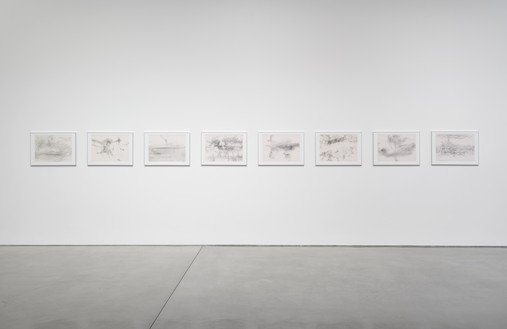
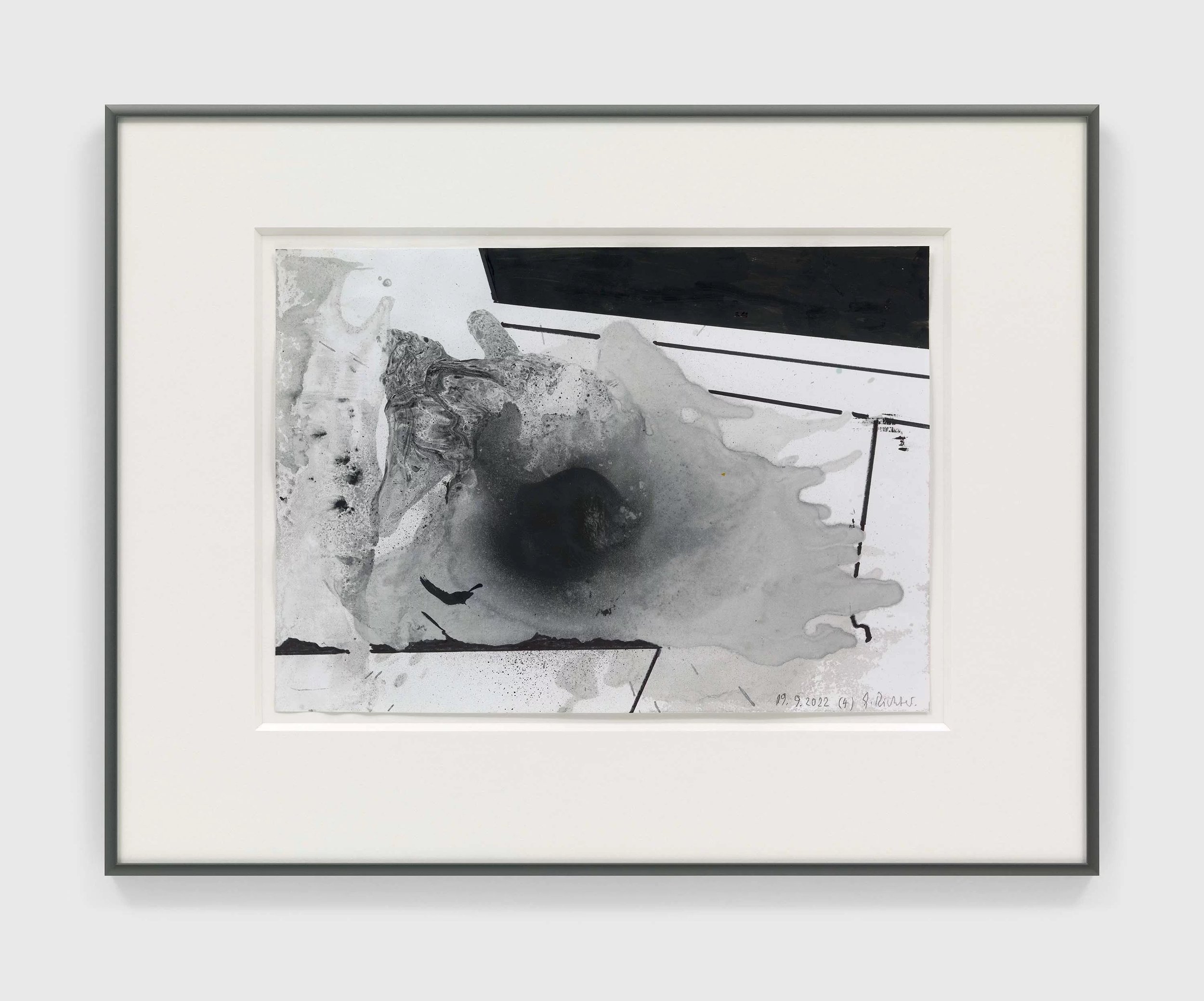

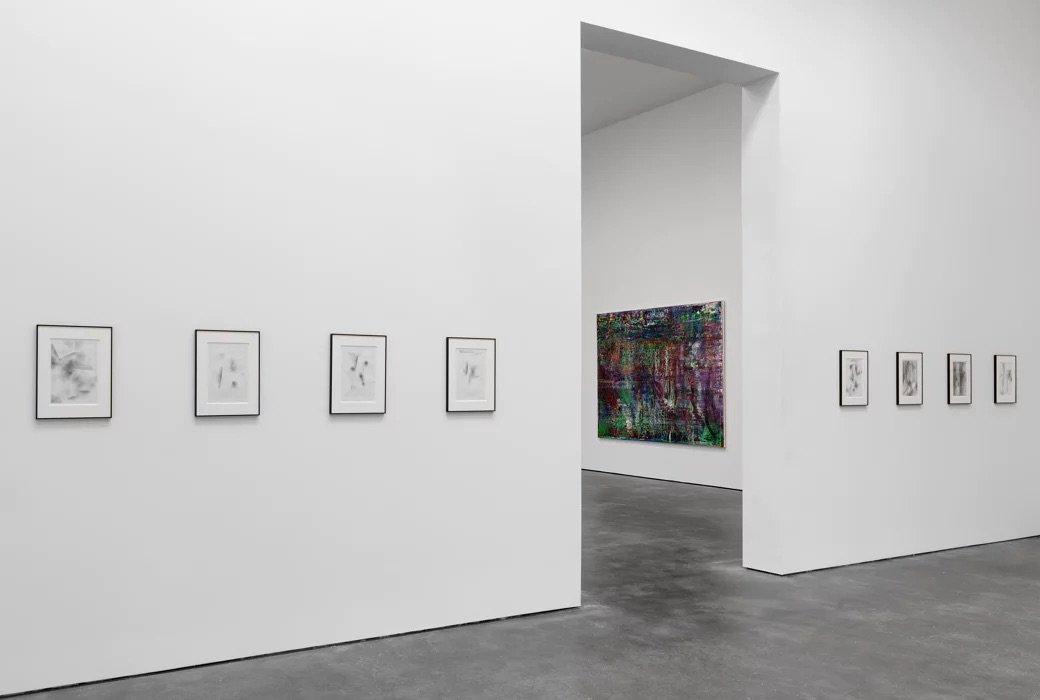
“I like the indefinite, the boundless; I like continual uncertainty.”
—Gerhard Richter, 1966
Richter has also produced a new glass installation that continues his exploration of the human perspective and the built environment. An expansive suite of new works on paper from 2021–2022—some made with ink and others with graphite and colored pencil—are also on view, as well as works related to the artist’s mood series of colored ink sketches. As Dieter Schwarz notes, Richter’s new work “has transformed into the celebration of the visible and this celebration is driving new chapters in [his] indefatigable creativity.”
Centrally featured in the exhibition is 3 Scheiben (3 Panes of Glass) (2023), a new glass sculpture created this year that comprises three sequential rectangular panes of transparent yet reflective glass—each one positioned upright and measuring almost ten feet in height. The installation invites viewers to look at, through, and beyond its surface, revealing the inherently subjective and situational nature of observed reality.

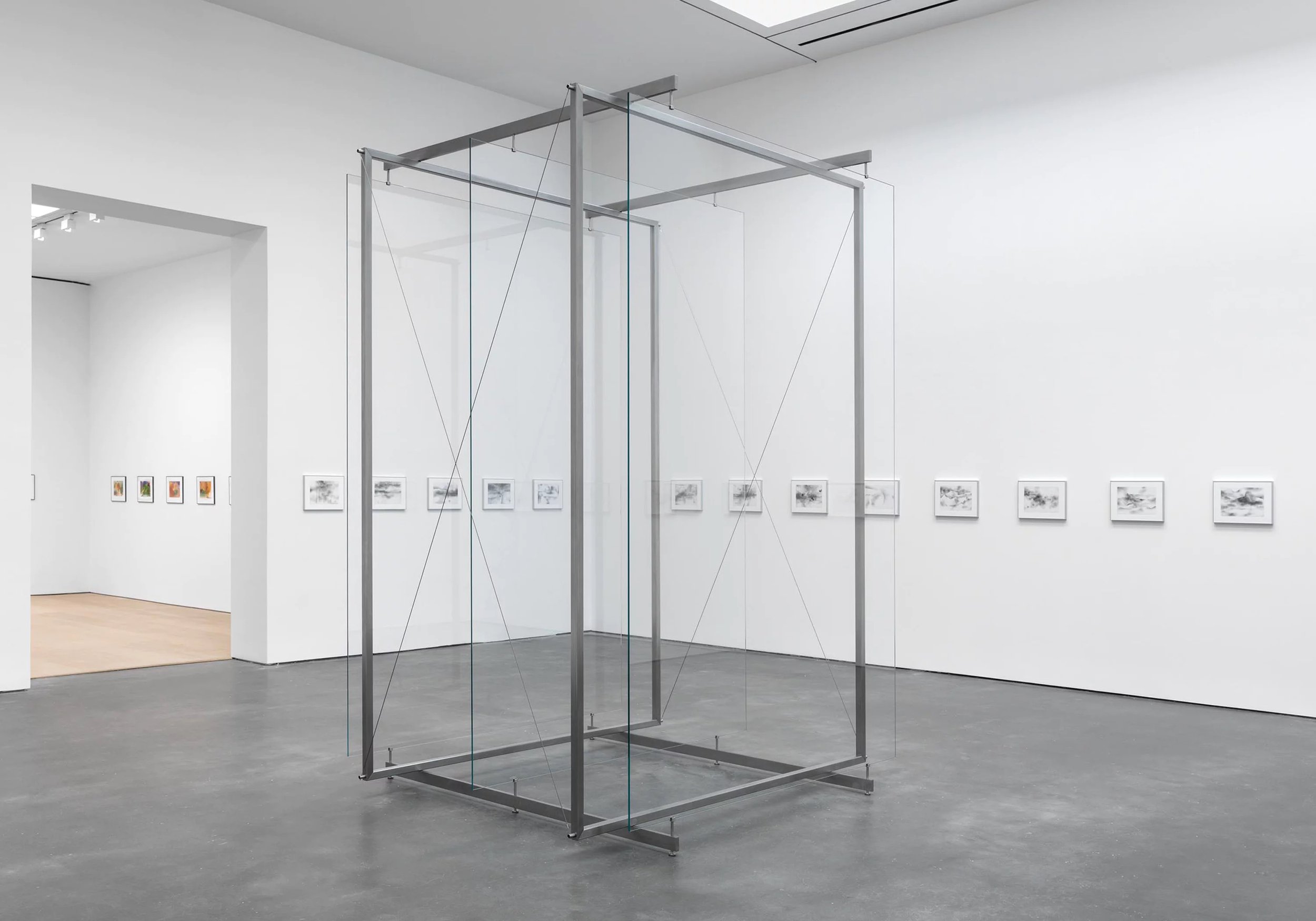

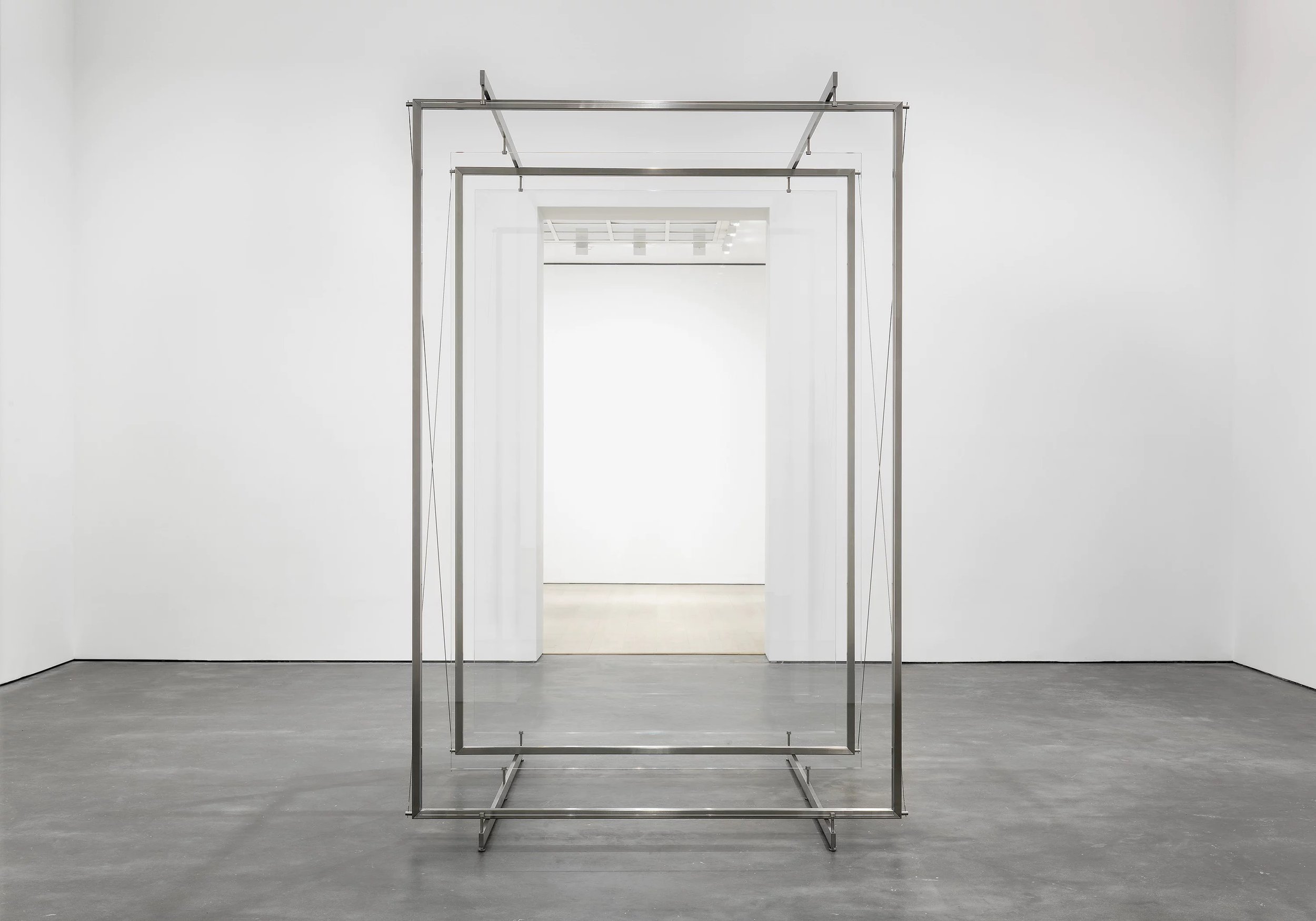
The mood prints resume the artist’s lifelong concern with boundlessness and the slippage between material and spiritual realms, and between a pure visuality and the instabilities of consciousness. In his essay, “To see everything—to comprehend nothing,” Dieter Schwarz reaffirms Richter’s lineage in German romantic philosophy and painting, with its emphasis on the mediation between nature and mind, and between the world of appearances and that of human understanding.
Schwarz notes, “in contrast to the originals, which have only the date of their making as a title, Richter titled the edition of prints mood. The use of an English title in lieu of such corresponding German terms as Laune or Stimmung conjures up memories of jazz —‘In the Mood’—also implies that this voiceless sequence of images is fast becoming a titled object.” Through mood, Richter continues his exploration and fascination with the possibilities of seriality, and optic processing.
The 31 colour-intensive ink "mood" sketches were created between 5 and 11 January 2022 in DIN A4 landscape format as a manuscript. In the weeks that followed, Richter wrote short aphorisms for each sheet, which, well-formed but without meaning, first unsettle and then exhilarate the reader.

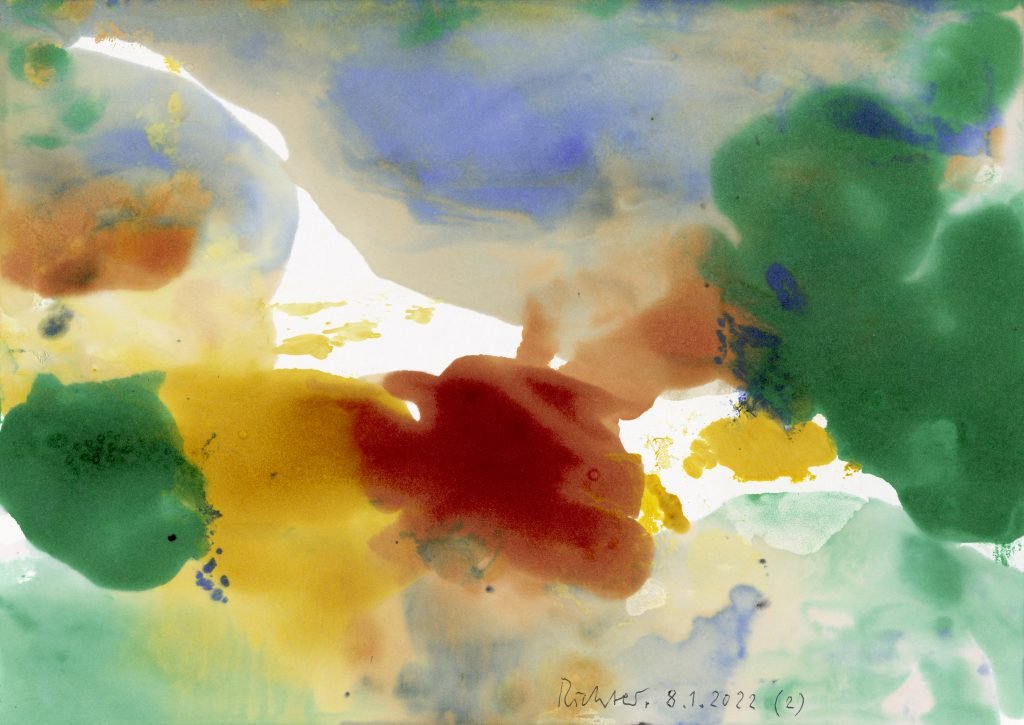
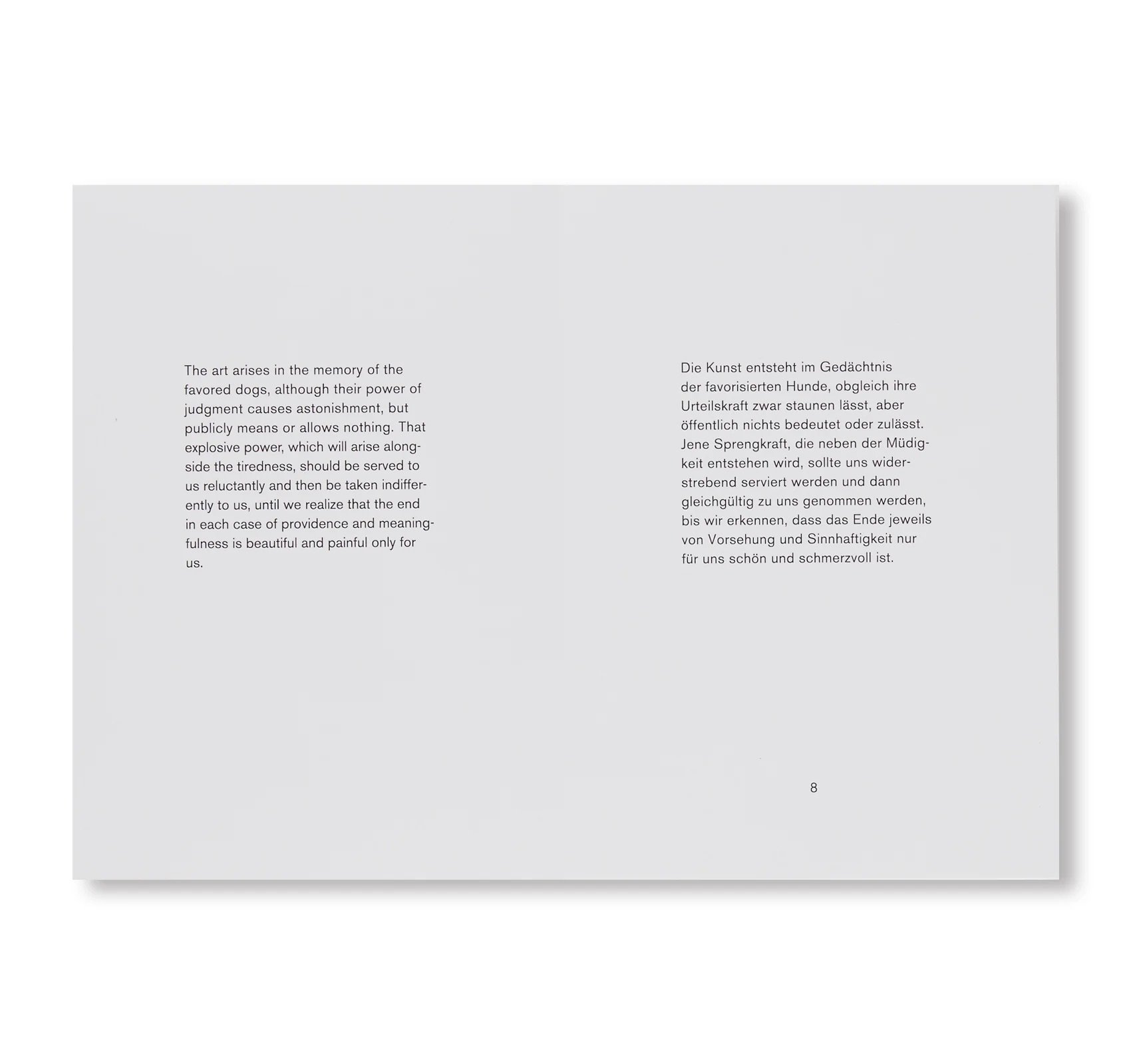
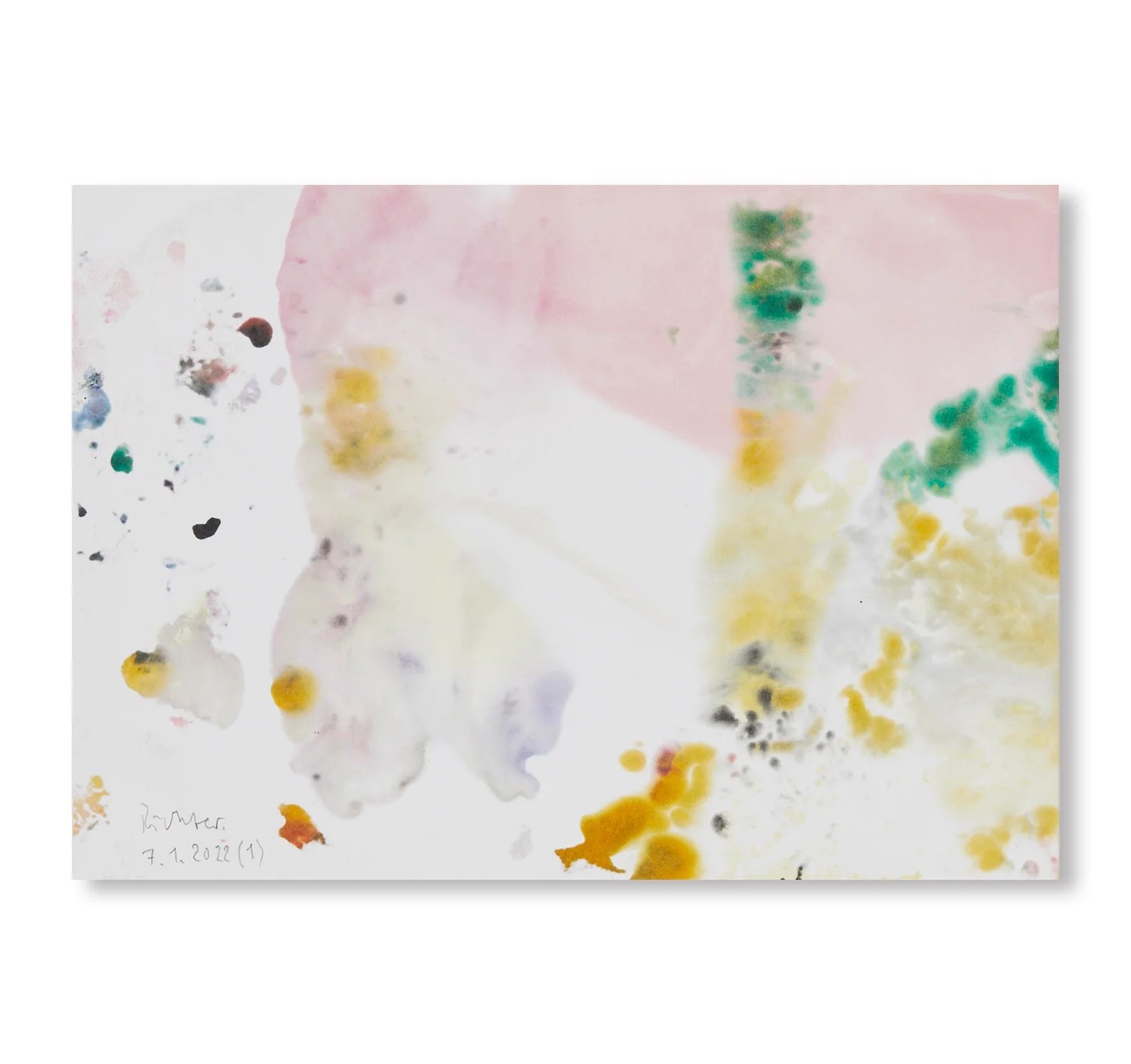
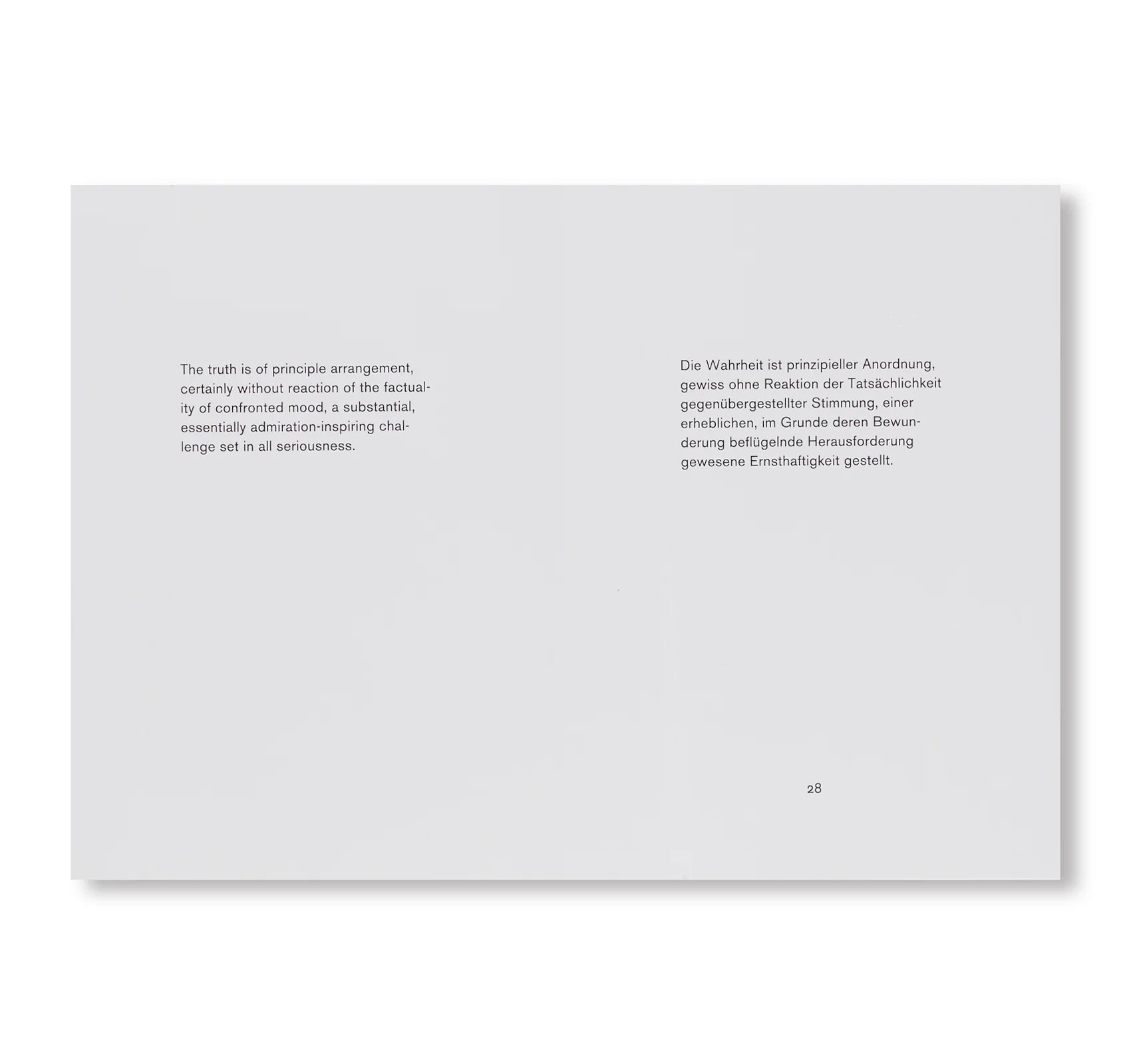
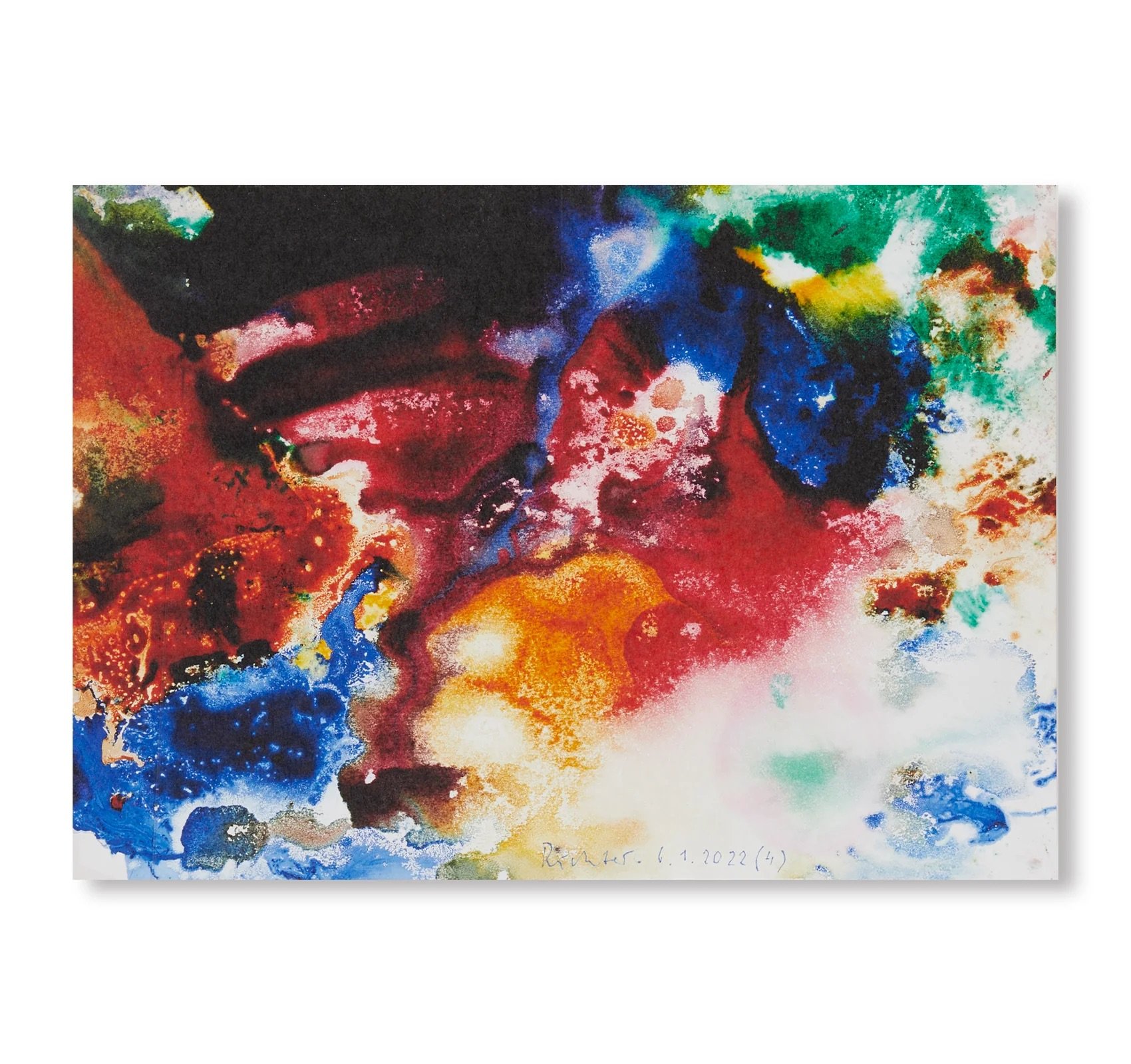
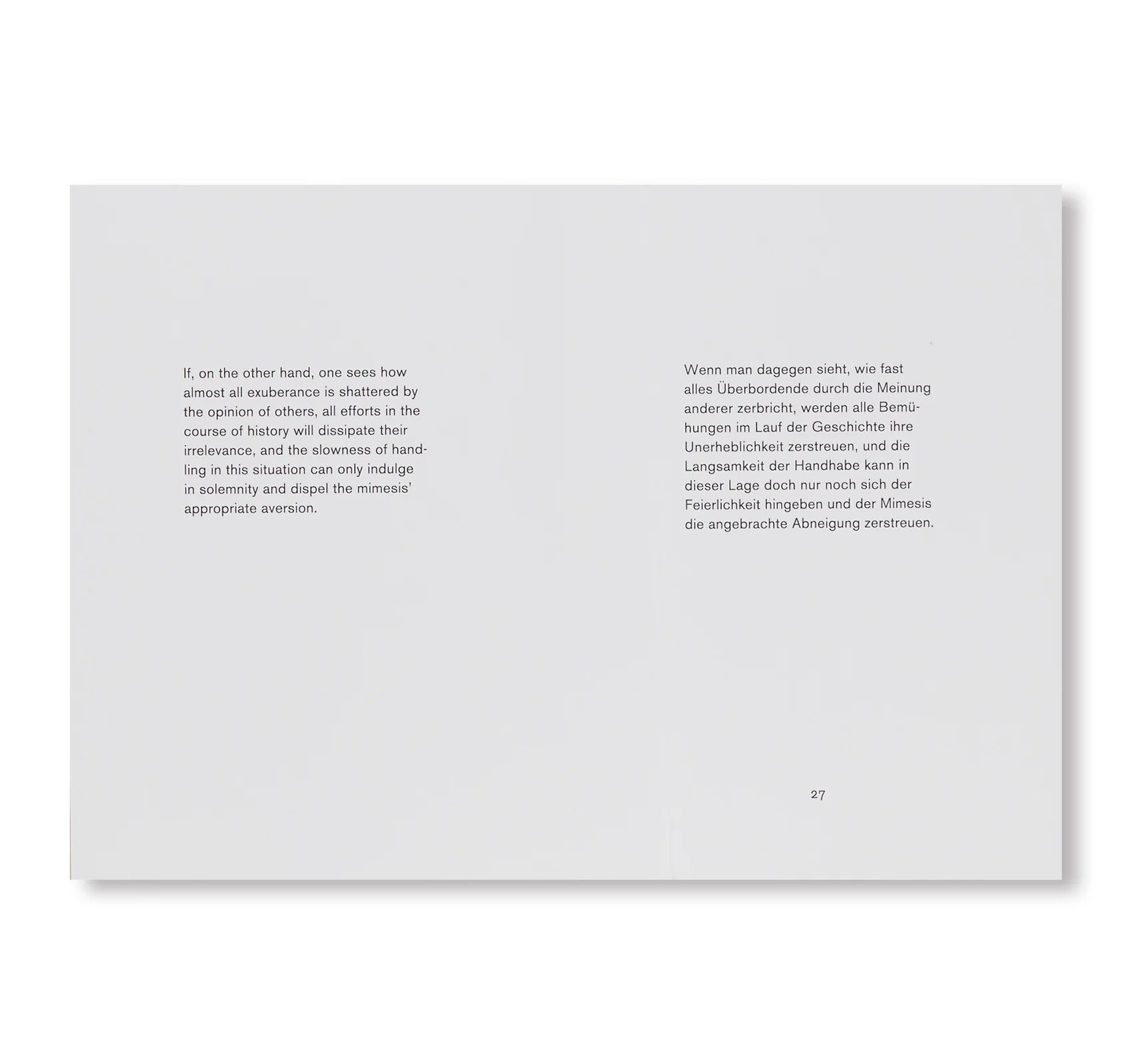
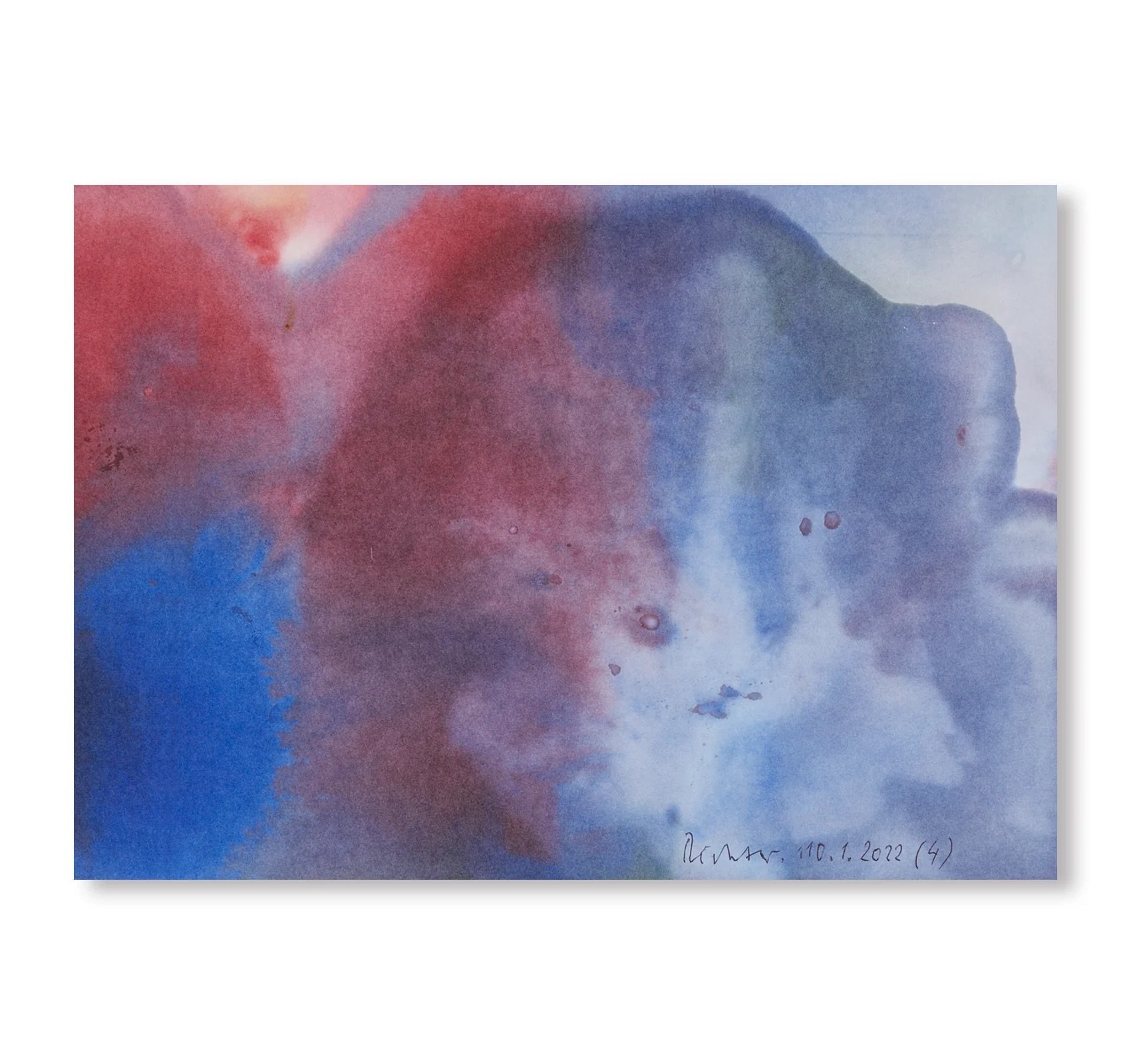


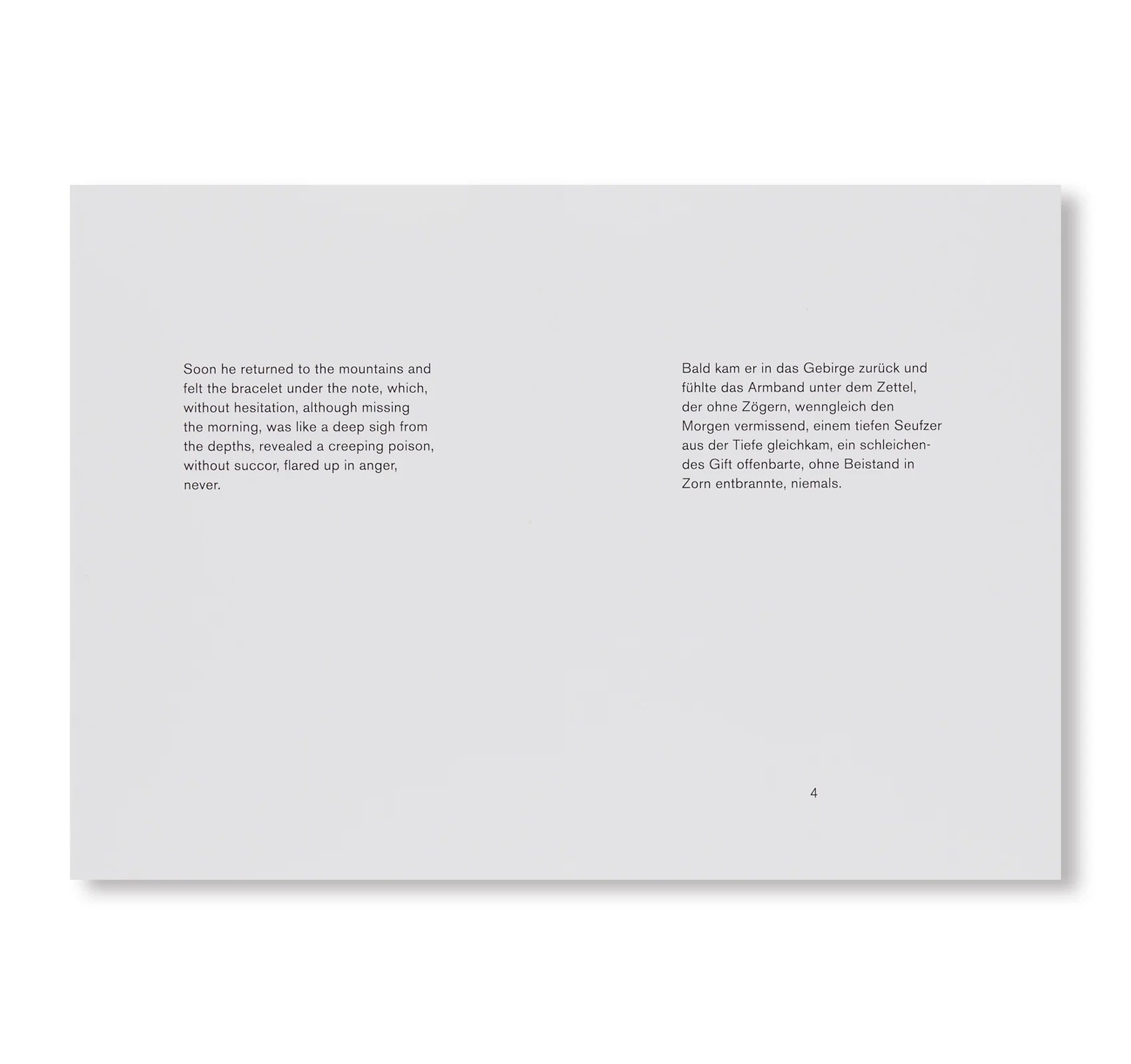

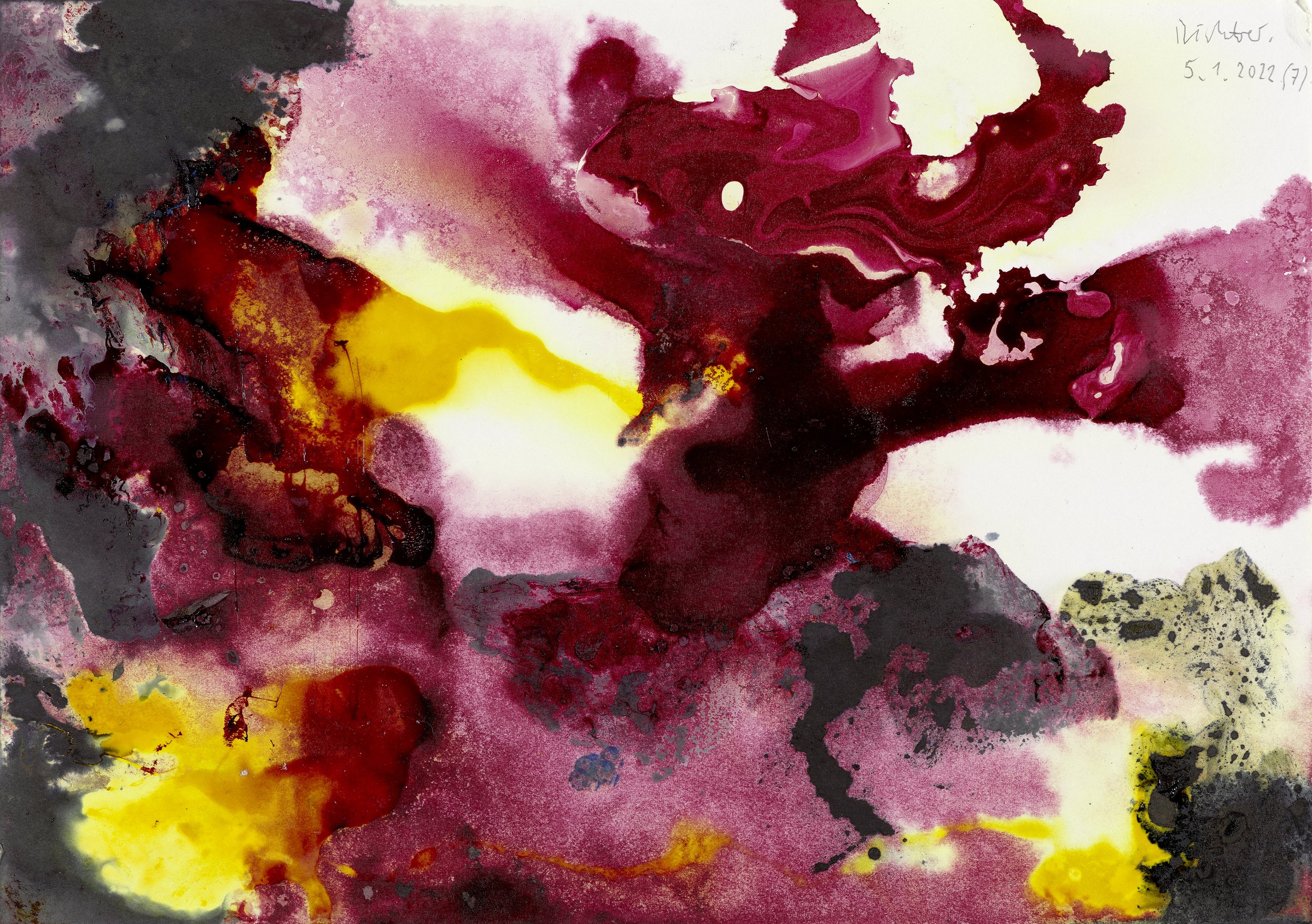
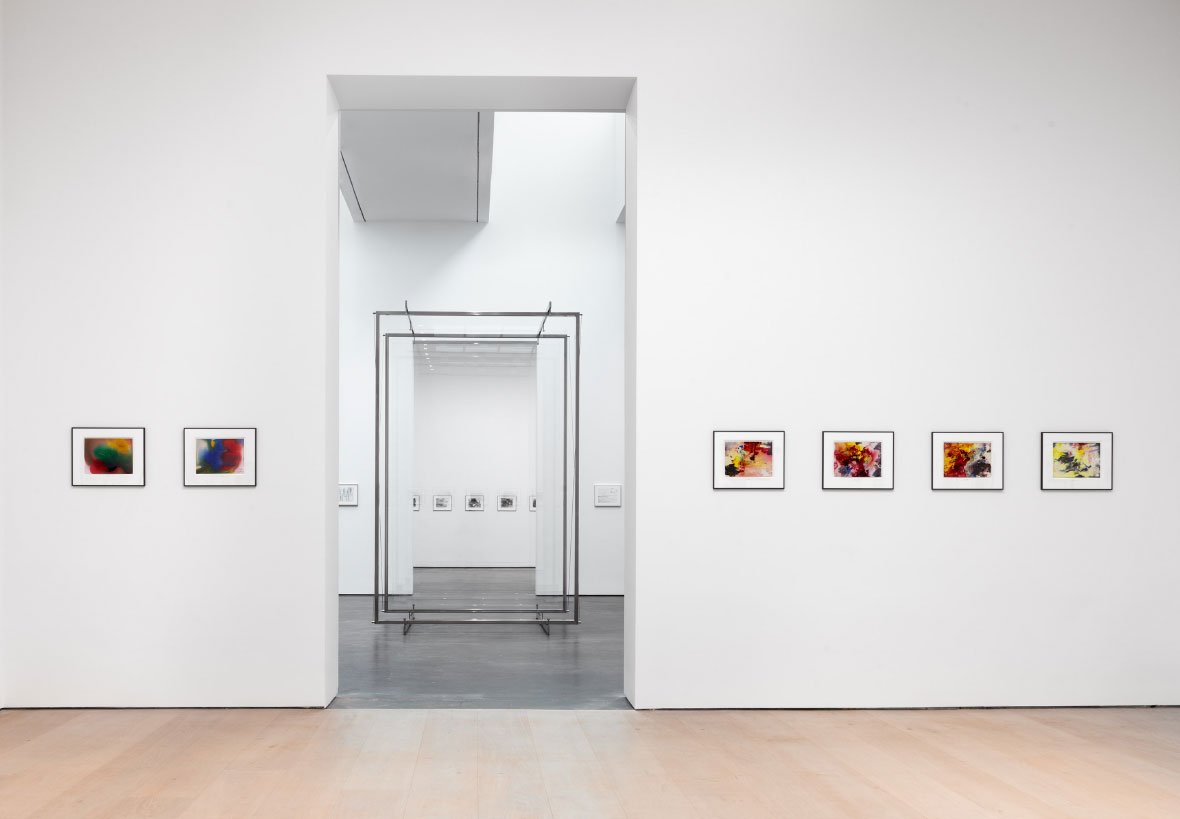
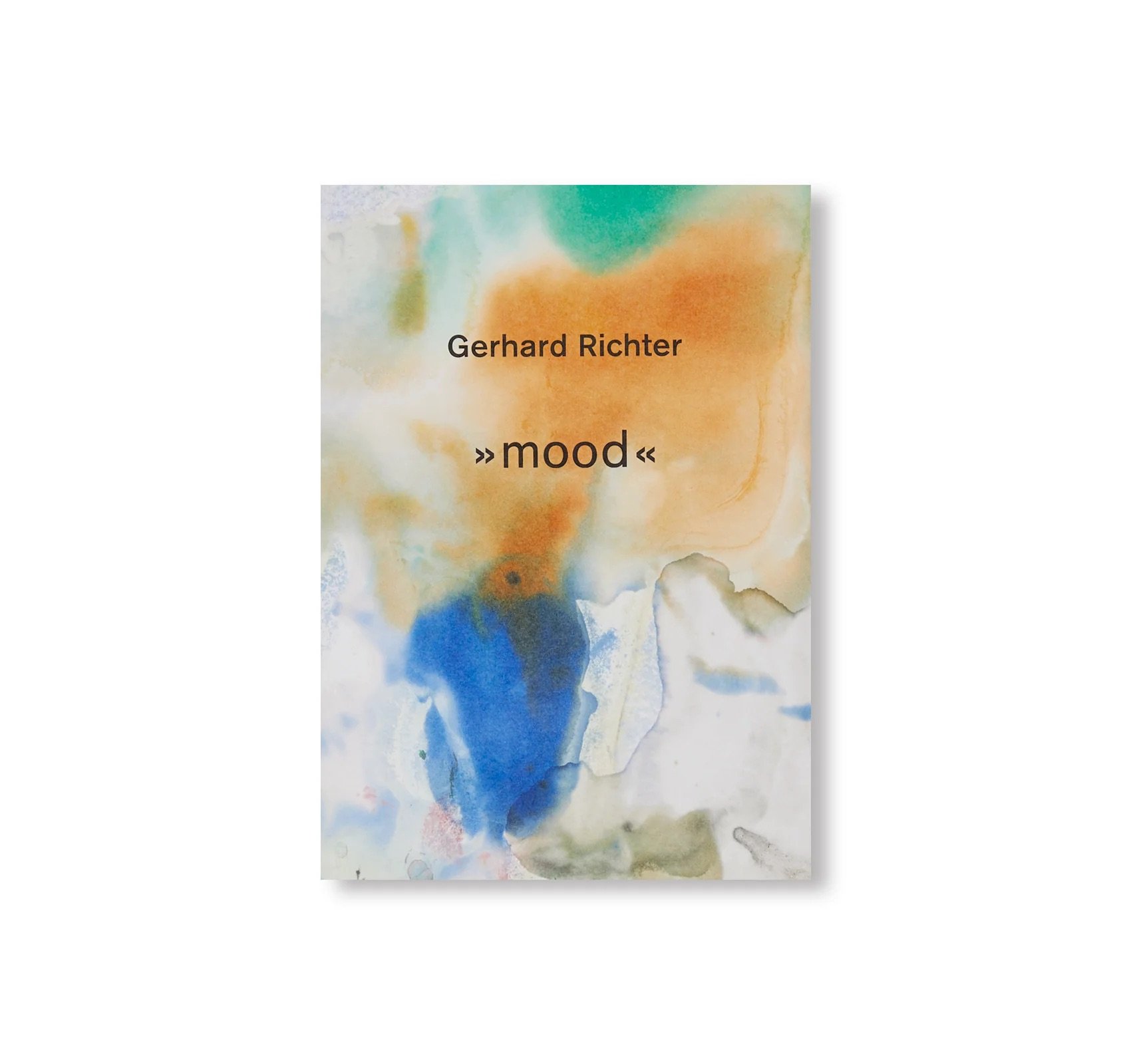
The Intersection of Colourful Art and Music
The Intersection of Colourful Art and Music

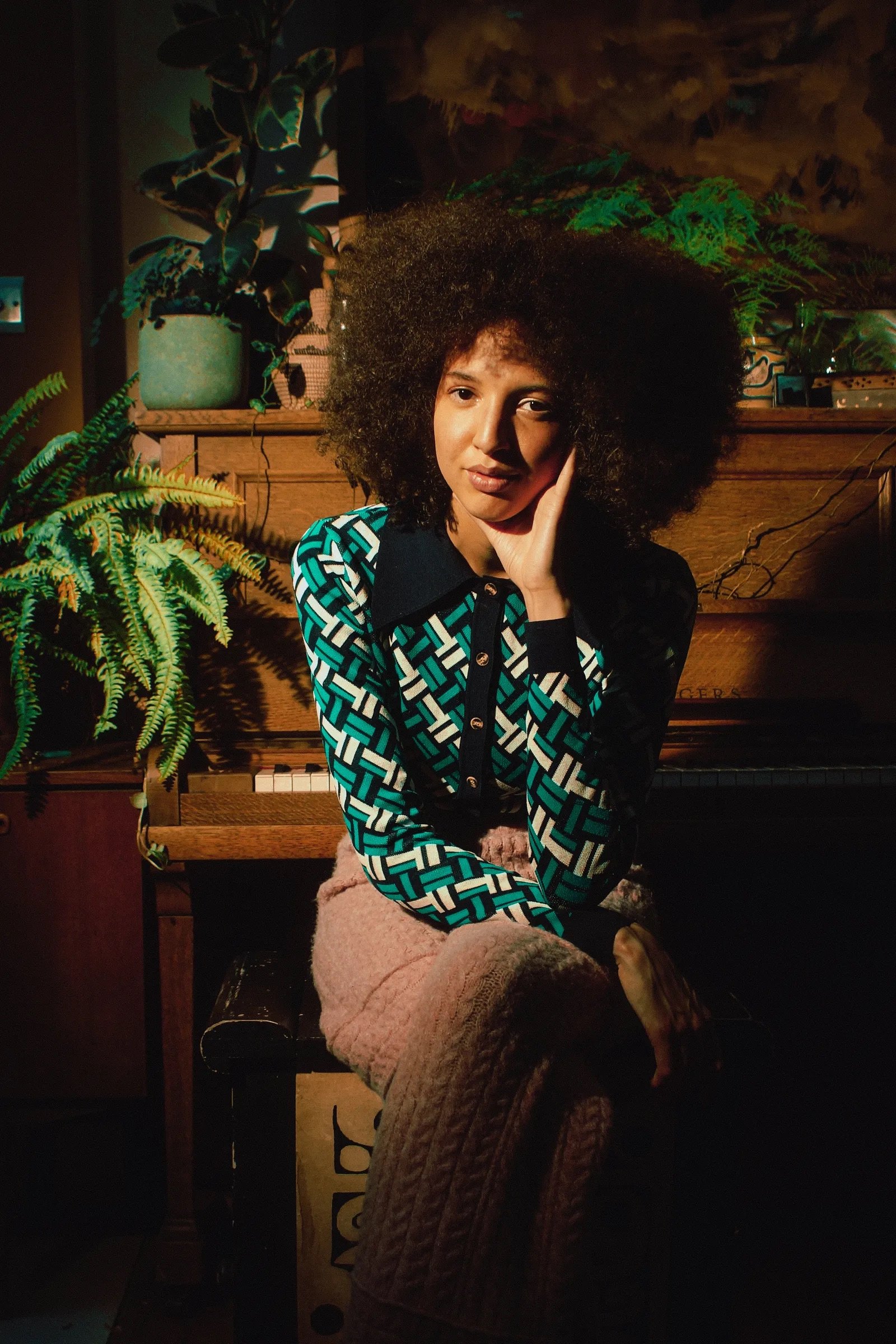
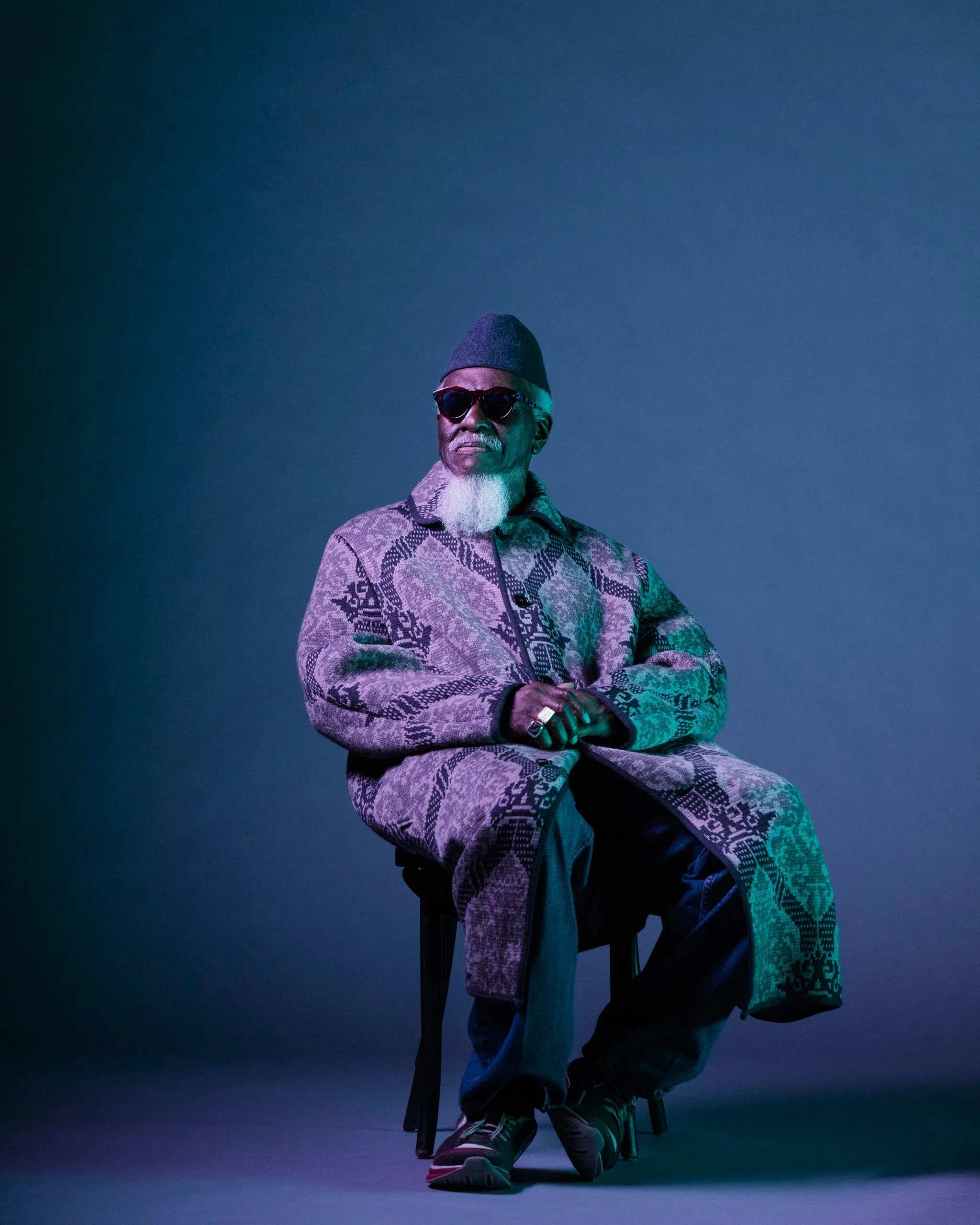
The Theory of Colo(u)rs Playlist by bella
is a blend of songs bella discovered either while walking through the four rooms of the Gerhard Richter exhibition at David Zwirner Gallery, or while reflecting on the visit. Known for carving out personal time to recharge, this playlist is bella´s way of sharing the childlike wonder and joy the exhibition instilled. As a play on the Artist´s use of colour, the tracks take you on a journey of de- and re-saturation as experienced in the gallery rooms, featuring favorites by Dauwd, Nala Sinephro and Pharoah Sanders.
Enjoy.
MoMA Mixtape: Laura Lee Comes Back to Herself
The Khruangbin bassist takes you on a sonic journey through time and space with a playlist inspired by works on view at MoMA.
"After spending a year and a half touring and then a month and a half decompressing, a venture into the city for a day at MoMA was just what I needed to come back to myself and feel at home again. My intention for this next year off the road is to embrace being an observer, and this was the perfect opportunity to dig into that feeling. This playlist was inspired by the artworks that struck me most during my visit".
"Everything Good is Simple" : A Poem by Nikki Giovanni
"Everything Good is Simple" : A Poem by Nikki Giovanni
Everything good is simple: a soft-boiled egg . . . toast fresh from the oven with a pat of butter swimming in the center . . . steam off a cup of black coffee . . . John Coltrane bringing me "Violets for My Furs"
Most simple things are good: Lines on a yellow legal pad . . . dimples defining a smile . . . a square of gray cashmere that can be a scarf . . . Miles Davis Kind of Blue
Some things clear are complicated: believing in a religion . . . trying to be a good person . . . getting rid of folk who depress you . . . Horace Silver Blowing the Blues Away
Complicated things can be clear: Dvořák´s New World Symphony . . . Alvin Ailey´s Revelations . . . Mae Jemison´s ride in space . . . Mingus Live at Carnegie Hall
All things good are good: poetry . . . patience . . . a ripe tomato on the vine . . . a bat in flight . . . the new moon . . . me in your arms . . . things like that.

